
Table of Contents
Guide
Pages
Founded in 1807, John Wiley & Sons is the oldest independent publishing company in the United States. With offices in North America, Europe, Australia and Asia, Wiley is globally committed to developing and marketing print and electronic products and services for our customers' professional and personal knowledge and understanding.
The Wiley Finance series contains books written specifically for finance and investment professionals as well as sophisticated individual investors and their financial advisors. Book topics range from portfolio management to e-commerce, risk management, financial engineering, valuation and financial instrument analysis, as well as much more.
For a list of available titles, visit our website at www.WileyFinance.com.
Fund Managers
The Complete Guide
MATTHEW HUDSON

This edition first published 2019
2020 John Wiley & Sons Ltd
Registered office
John Wiley & Sons Ltd, The Atrium, Southern Gate, Chichester, West Sussex, PO19 8SQ, United Kingdom
For details of our global editorial offices, for customer services and for information about how to apply for permission to reuse the copyright material in this book please see our website at www.wiley.com.
All rights reserved. No part of this publication may be reproduced, stored in a retrieval system, or transmitted, in any form or by any means, electronic, mechanical, photocopying, recording or otherwise, except as permitted by the UK Copyright, Designs and Patents Act 1988, without the prior permission of the publisher.
Wiley publishes in a variety of print and electronic formats and by print-on-demand. Some material included with standard print versions of this book may not be included in e-books or in print-on-demand. If this book refers to media such as a CD or DVD that is not included in the version you purchased, you may download this material at http://booksupport.wiley.com. For more information about Wiley products, visit www.wiley.com.
Designations used by companies to distinguish their products are often claimed as trademarks. All brand names and product names used in this book are trade names, service marks, trademarks or registered trademarks of their respective owners. The publisher is not associated with any product or vendor mentioned in this book.
Limit of Liability/Disclaimer of Warranty: While the publisher and author have used their best efforts in preparing this book, they make no representations or warranties with respect to the accuracy or completeness of the contents of this book and specifically disclaim any implied warranties of merchantability or fitness for a particular purpose. It is sold on the understanding that the publisher is not engaged in rendering professional services and neither the publisher nor the author shall be liable for damages arising herefrom. If professional advice or other expert assistance is required, the services of a competent professional should be sought.
Library of Congress Cataloging-in-Publication Data
Names: Hudson, Matthew, 1962- author.
Title: Fund managers : the complete guide / Matthew Donald Jeremy Hudson.
Description: First Edition. | Hoboken : Wiley, 2019. | Series: The Wiley finance | Includes index.
Identifiers: LCCN 2019026640 (print) | LCCN 2019026641 (ebook) | ISBN 9781119515586 (hardback) | ISBN 9781119515593 (adobe pdf) | ISBN 9781119515340 (epub)
Subjects: LCSH: Asset management accounts. | Strategic planning. | Capital marketGovernment policy.
Classification: LCC HG1660 .H83 2019 (print) | LCC HG1660 (ebook) | DDC 332.1068dc23
LC record available at https://lccn.loc.gov/2019026640
LC ebook record available at https://lccn.loc.gov/2019026641
Cover Design: Wiley
Cover Image:  /Adobe Stock Photo
/Adobe Stock Photo
Preface
Is your world a fund, Daddy?
Rafe Hudson, aged 10
I am writing this book as a natural sister to my earlier book, Funds: Private Equity, Hedge and All Core Structures (which I will refer to as the funds book). This book concerns the managers of the funds. The funds book proved popular with asset managers that use it as a structuring reference guide to their own funds or to check structures of funds different from their own, MBA and finance students, and more widely as part of training for managers, finance professionals, lawyers, and accountants.
This book sits alongside the funds book and examines the managers and their structures, as well as their day-to-day issues, hopes, and aspirations. As such, it is a little more anecdotal than the funds book and contains quotes and ideas from many managers and investors that I work with. The company that I work at MJ Hudson advises over 600 asset management groups and 200 institutional fund investors.
I also reference a number of lessons that I have learned (often the hard way) over more than 30 years (so far) in asset management. During this time, I have been a lawyer, asset manager, business builder, chief executive officer (CEO), chief investment officer (CIO), and chief compliance officer (CCO) a wealth of experience to draw upon.
The funds book focused on alternative asset management. This book is broader and considers managers across all asset classes although alternatives is more my zone. There is an emphasis in this book on creating and building management companies, as well as the current trend for mergers and acquisitions (M&A) to build scale in an effort to counter complexity, regulation, and multi-investor demand.
In the past, I worked within a fund managers' incubator at a bulge-bracket investment bank (Credit Suisse First Boston), and I also created a tech-incubator (Far Blue Ventures) which backed new IP-focused companies. I currently help others create new managers, such as Alpha Hawk (an emerging hedge manager incubator, where I am a co-CEO and MJ Hudson runs the infrastructure). Personally, I love new creations, and most of my career moves have involved starting something new. In this book I endeavour, therefore, to focus on the refreshing, the creative, and the new.
Starting an asset management company from scratch is always possible, although regulation has made it harder. I started one from scratch myself in 2000 and have helped many others start theirs. Creation is often the best fun. However, be aware that it might take several years of loss making. No doubt, your first plan will be too complex in its initial excitement and, for all your own joy, investors will want to wait and see. Do not be put off by increased regulatory requirements, but double your annual budget. Also, like any building project, double your first timescale estimates.
Spinning out a manager from a larger group is quicker. My top tip is to have your previous parent invest in the fund as a precursor, but not to invest in the manager, save with a call option in your favour, as this can put off new investors.
Ask yourself whether you genuinely have partners with whom you can establish a management company. If you think that you do, then be super clear, from the start, on what your strengths and weaknesses are. Also, each partner should commit hard cash to the venture in similar proportions and you should map out how the partnership will survive the first bad years. A fund manager seeder is a group that invests in the management company. Seeders typically want 20% to 25% of the management company. Ensure there is a call option in your favour at an agreeable valuation. A cornerstone is an investor that cornerstones your fund. Such an investor will want a share of the performance of the fund and possibly a management fee break. Seeders and cornerstones can accelerate your business. The first investors are the hardest to close; everyone wants in once you are successful.
Next page
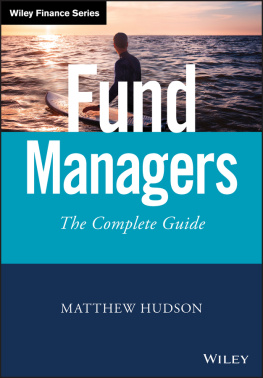
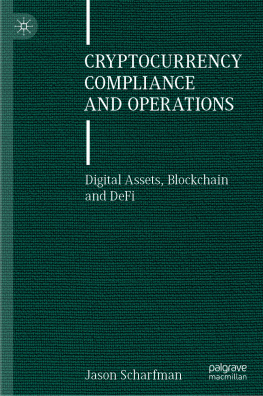

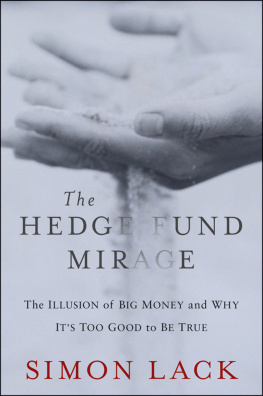

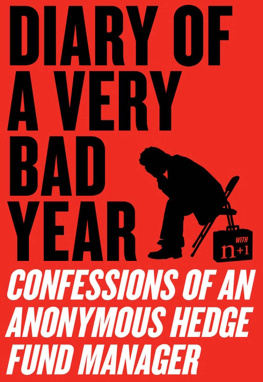

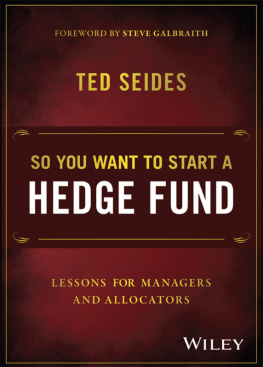
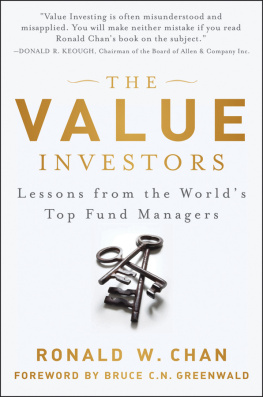
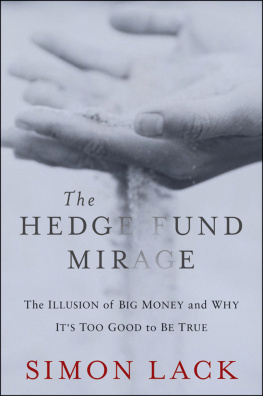


 /Adobe Stock Photo
/Adobe Stock Photo